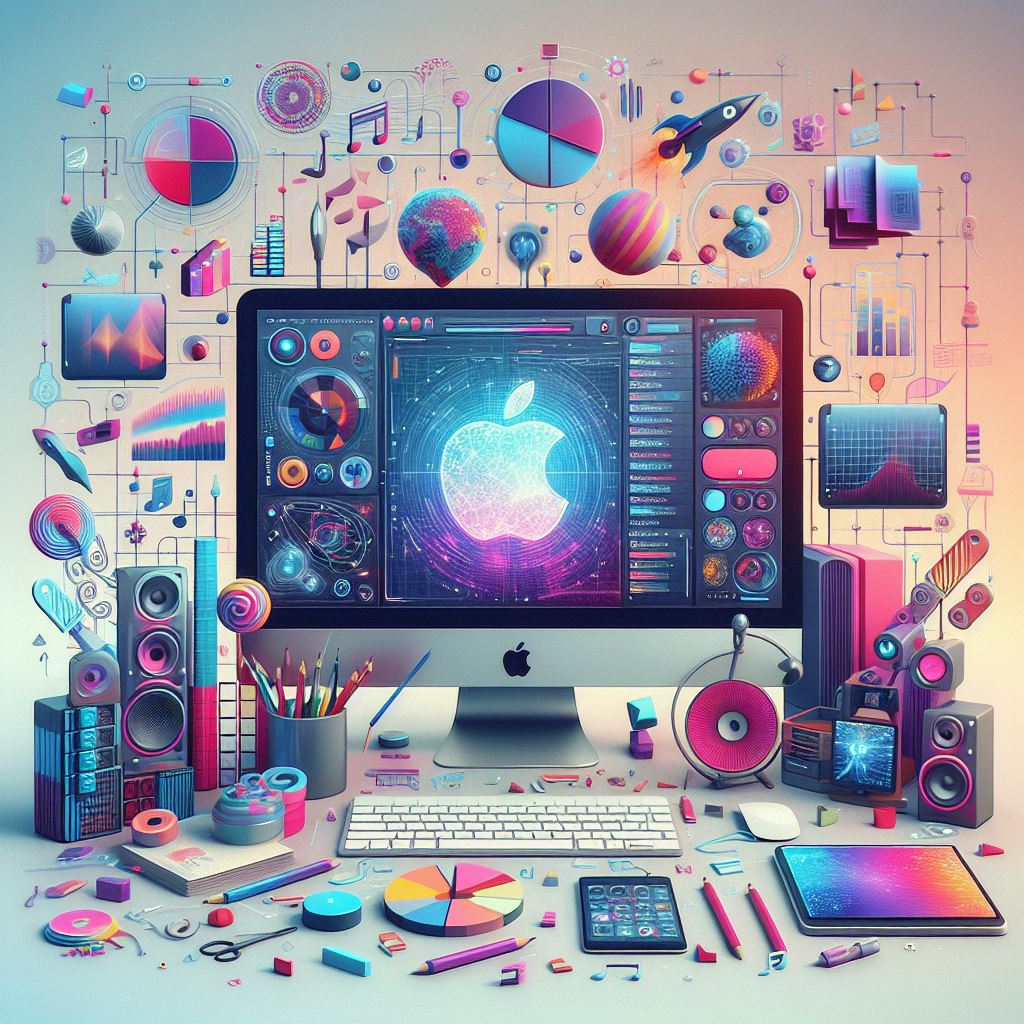Apple’s Pioneering Leap into Generative AI In the ever-evolving landscape of technology, Apple Inc. has consistently been at the forefront of innovation. From sleek hardware designs to intuitive software interfaces, the Cupertino-based company has left an indelible mark on the tech industry. Now, Apple is setting its sights on a new frontier: generative artificial intelligence (AI).
The Rise of Generative AI
Apple’s Pioneering Leap into Generative AI .AI refers to a class of machine learning techniques that enable computers to create new content autonomously. Unlike traditional AI models that rely on predefined rules and labeled data, generative models learn from patterns and generate novel outputs. These models have found applications in various domains, including natural language processing, image synthesis, and music composition.
Apple’s interest in generative AI is not surprising. As the demand for personalized experiences grows, the ability to generate unique content becomes paramount. Whether it’s creating custom avatars, composing original music, or generating realistic images, generative AI holds immense promise.
Tim Cook’s Tease
Apple CEO Tim Cook rarely divulges company secrets, but during a recent interview, he dropped a tantalizing hint. “We’re investing heavily in generative AI,” Cook said, leaning forward with a glint in his eye. “This year, we’re going to break new ground.”
The tech world buzzed with speculation. What groundbreaking developments could Apple be working on? Cook’s words sparked curiosity and anticipation. Here are some areas where Apple’s generative AI endeavors might make waves:
1. Natural Language Generation (NLG)
Imagine Siri, Apple’s virtual assistant, becoming more conversational and expressive. NLG models can generate human-like text, making interactions with Siri feel less robotic. Whether it’s composing emails, writing personalized messages, or providing witty responses, Siri could soon become your AI writing companion.
2. Art and Design
Apple has always emphasized aesthetics. Generative AI could revolutionize digital art and design. Imagine an AI-powered tool that creates custom wallpapers, icons, and animations based on your preferences. With generative algorithms, every user could have a unique visual experience tailored to their taste.
3. Music Composition
Apple Music might get a creative boost. Generative models can compose original melodies, harmonies, and even lyrics. Imagine an AI collaborator that helps musicians break through creative blocks, suggesting chord progressions or generating fresh beats.
4. Augmented Reality (AR)
Apple’s ARKit has already transformed how we interact with the world through our devices. Generative AI could take AR experiences to the next level. Imagine walking through a virtual art gallery where the paintings change dynamically based on your emotions or preferences.
5. Personalized Content
Apple’s ecosystem thrives on personalization. Generative AI could enhance recommendations across Apple Music, Apple TV, and the App Store. Imagine a movie recommendation engine that tailors suggestions based on your mood, past preferences, and viewing habits.
Apple’s foray into generative AI promises to redefine our digital experiences. Whether it’s Siri’s newfound eloquence, personalized wallpapers, or AI-generated music, Apple aims to surprise and delight its users. As Tim Cook hinted, this year will indeed be one of breakthroughs—a testament to Apple’s unwavering commitment to pushing boundaries.
In the coming months, keep an eye out for those subtle shifts, those moments when your iPhone surprises you with a delightful twist. It might just be the work of Apple’s generative AI, quietly reshaping our digital lives.
Certainly! Apple has been actively exploring generative AI, and here’s what we know about their research:
- Apple GPT:
- Apple’s AI chief, John Giannandrea, leads the development of large language models within the company. His team has been working on conversational AI for several years.
- They’ve been testing an internal chatbot referred to as “Apple GPT,” which rivals popular models like ChatGPT.
- While Apple wouldn’t use this name for a consumer product, the chatbot is used for product prototyping and answering questions about its training data.
- Apple’s AI chief, John Giannandrea, leads the development of large language models within the company. His team has been working on conversational AI for several years.


hiI like your writing so much share we be in contact more approximately your article on AOL I need a specialist in this area to resolve my problem Maybe that is you Looking ahead to see you